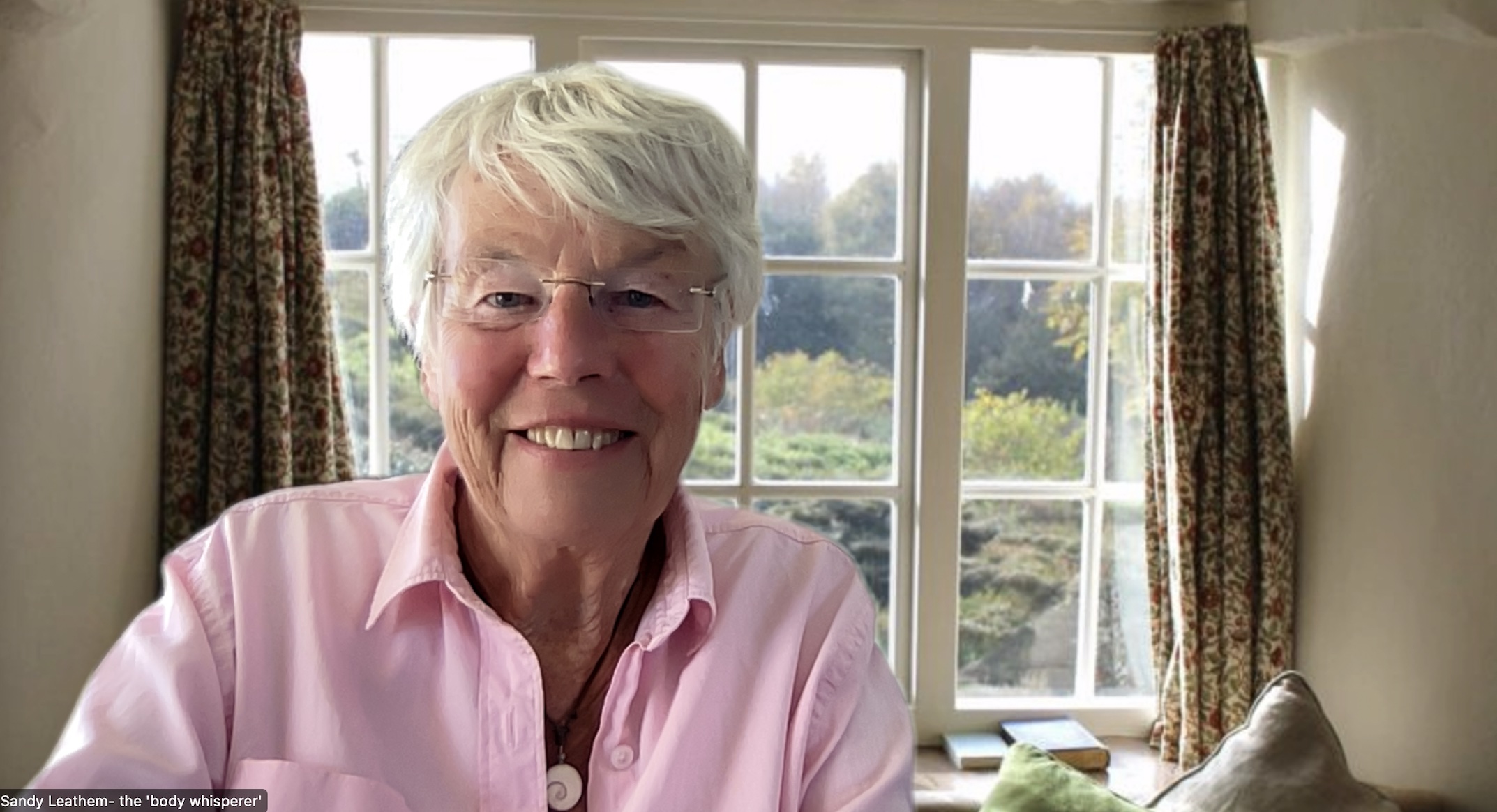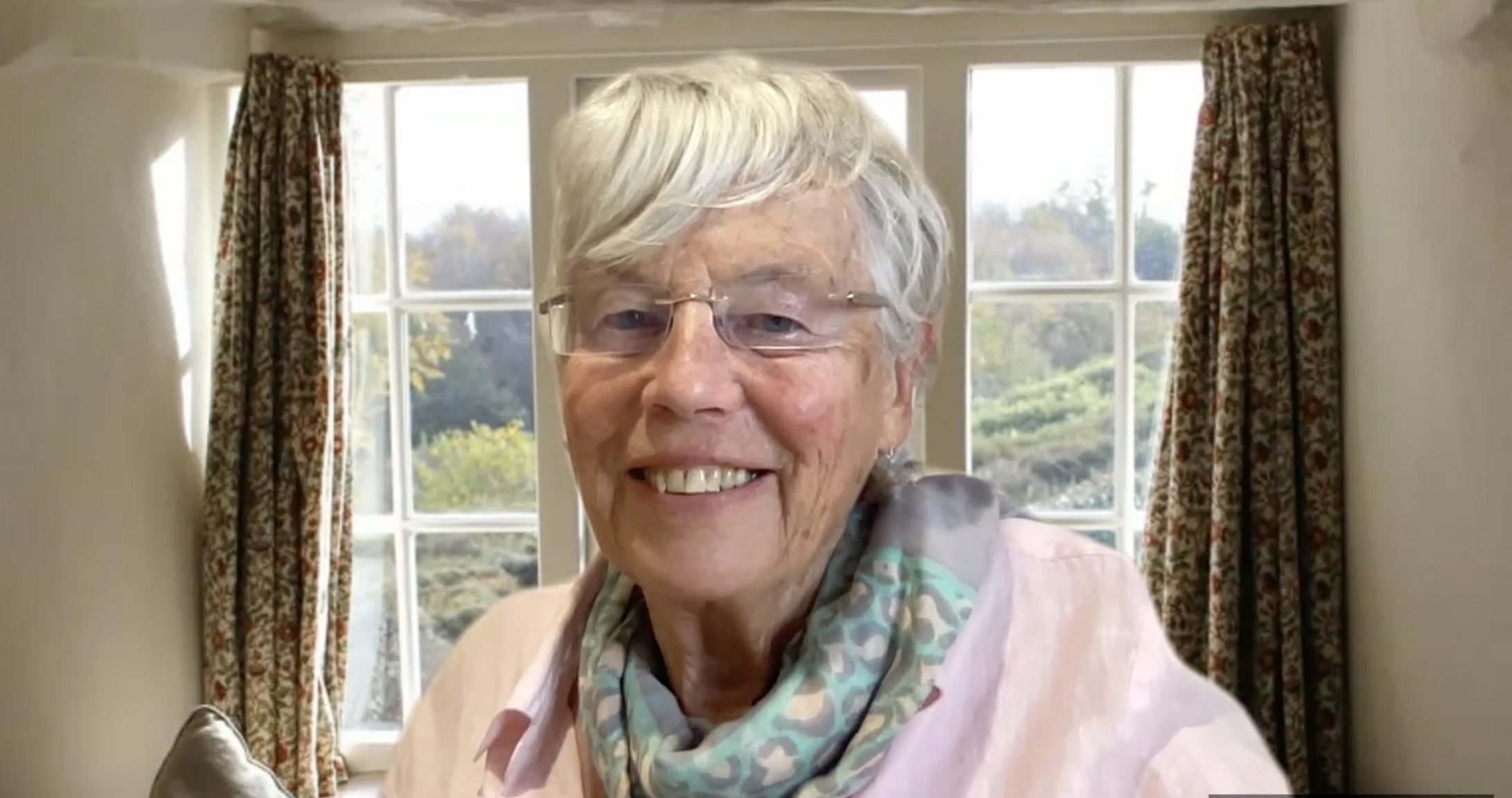Move Better, Feel Better, Think Better & Live Better
The most important thing is to feel comfortable and free in your body, no matter your movement challenges!
SLOW IS ... THE NEW FAST!
Awaken new possibilities by moving slowly. Through unique novel movements you'll feel so much better within yourself
My programs offer a fresh new paradigm.
We explore brain-stimulating movements that soften, stiff tight muscles and joints to become free, easy and powerful once again.
OUR SECRET IS ... IT'S NOT ABOUT 'WHAT' YOU DO ... IT'S ALL ABOUT 'HOW' YOU DO IT!
I'd love to chat about 'the how' of movement. 'How' to engage your deeper innate natural intelligence through a refreshing new map, new compass and proven pathway.
"I now realise I've felt tense, stiff, sore and disconnected from my body most of my life! Thankyou for helping me wake-up my body's own unique Nature Sandy. I now feel vital, alive and free to be me. Truly life changing"... Rose NZ
Your body has a miraculous, biological capacity to RENEW and REGENERATE?
Your body is not a broken, culturally determined machine, destined for ageist beliefs and attitudes.
On the contrary, your body is an awe-inspiring, self-regenerating masterpiece…
HOW CAN I HELP?
click image below to schedule a free consultation to chat with Sandy
'MOVEMENT MATTERS'
OFFERS A FRESH NEW WAY OF THINKING, FEELING & MOVING ... WE GIVE YOU
A MAP to find the root cause of your particular body aches and pains
A COMPASS to locate your current position, clarify what changes you want to make, and direct you to
A PATHWAY to discover and experience greater ease, flexibility, freedom, fun and
fulfillment ... on your terms
With your own map, your own compass, and a proven pathway to follow, we would love you to join us moving forward. Check out your options below.
CHAT WITH SANDY - book a FREE individual consultation with Sandy to discuss your next move.
INDIVIDUAL CONSULTATIONS - a series of 'live' online personalised sessions that directly address your specific needs whilst introducing you to key foundational learning principles unique to The Feldenkrais Method.
MOVEMENT MATTERS MEMBERSHIP- a dynamic, vibrant online community that meets online from the comfort of your home or whilst travelling, camping, cruising or resting up in quaranteen!
Groups meet twice weekly. A monthly or annual subscription gives you 24/7 access to recorded replays,
articles, videos and heaps more.
Engage you brain's extraordinary capacity to change through the revolutionary
FELDENKRAIS METHOD® - (click to read more)
RESOLVE the root cause of
MUSCULAR tension, tightness, stiffness and pain,
JOINT limitations,
MENTAL fatigue, foggy thinking, distractability (burnout)
EMOTIONAL anxiety, sensory overload, stress and overwhelm
THROUGH WHOLE-BODY, WHOLE-BRAIN
MOVEMENT THAT MATTERS
THE BIRTH OF THE BODY-MIND SPLIT
In the 17th Century, philosophers decided to separate and disconnect the
'feeling body' from the 'rational mind' ... and so the body-mind 'split', the 'outside-in' cognitive behavioural model of thinking and problem solving, common to the Western man-made Culture was born.
As an outcome children from a young age are conditioned by un-examined, inherited, generational beliefs and opinions that judge behaviour from an outside-in perspective, with devatating consequences, as seen in health and wellbeing stats today.
The cognitive behavioural paradigm rewards rational, linea, mechanistic thinking that is devoid of emotion and feelings. thus shaping innocent human beings to become human doings. As objects, as things to be managed in a profit driven, outcome based culture.
Resulting in a debilitating and often painful
MISMATCH between the clash of two very distinct and
different models of thinking.
>>> THE 'OUTSIDE-IN' cognitive and behaviour based perspective, common to my early training as a Physiotherapist. Through this lens a human being is observed as a collection of separate, dis-connected bits … that need to be rehabilitated, medicated or surgically replaced!
AND
>>> THE 'INSIDE-OUT' developmental and attachment based model of thinking. Through this lens, we human beings step into the possibility of knowing
ourselves and others as mammals, intimately inter-connected to the world of nature. As feeling, sensing, curious, inter-connected, living, loveable beings with an extraordinary brain.
This pardigm is common to many indigenous cultures as distinct from the
man-made western 'outside-in' view of the world common to us westerners.
BOTH MODELS ARE VALID
The Mismatch arises because westerners have been heavily conditioned and
educated by the 'outside-in' cognitive behaviour based model
with little awareness or appreciation for the reality
that human beings are mammals,
born with an innate connection to nature and the natural world
from an 'inside-out' perspective.
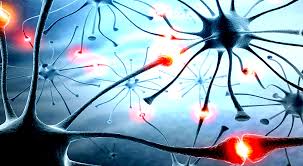
WHAT IS THE JOB OF THE BRAIN?
“The brain has a job to do, just like the heart has the job of pumping blood, the ears of hearing and maintaining balance, and the muscles of generating movement.
The job of the brain is to bring order to the disorder and to make sense out of the nonsense.
The brain’s job is to take the flow of input entering the body through the senses, and use it to organize ALL actions of: thinking, feeling, perception, emotion, and movement.”
Your brain loves patterns. This helps it to save energy and make sense of the world.
Many of those patterns go back to formative experiences in life. Some of them make sense today, and some probably don’t.
In fact, most of us have neural pathways that keep us moving, thinking and feeling in ways that make us less happy and less playful and free than we deserve to be!
To help you harness the power of neuroplasticity, to transform neural architecture for optimal movement to participate in things that matter check out our programs., I think you’ll love what we have to offer. This is leading-edge stuff — and it just could change your life.

OUR PROGRAMS ARE FOR YOU IF:
✅ your body feels stiff, tight, limited and out of whack!
✅ you feel overwhelmed, confused or disconnected
✅ you feel a loss of movement freedom, or confidence
✅ you've lost your natural spontaneity and playfulnes
✅ you're longing to reconnect with a deeper knowing of yourself
from the inside-out
✅ you're worried you'll be forced to withdraw from activities you love
eg walking, gardening, skiing, playing with kids, surfing, music etc
✅ if you're crying out on the inside to feel safe, calm, confident and clear
✅ you want to feel better, move better and live better
✅ your ready to function at your optimal best as you age
✅ you've tried everything and nothing has helped sustainably
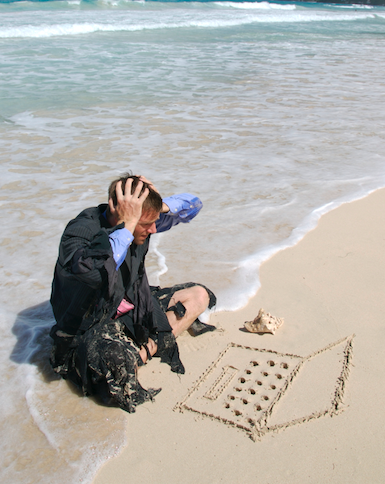
ARE YOU STRUGGLING TO MAKE ENDS MEET
IN THIS CRAZY FAST CHANGING WORLD?
Do you feel out of sorts, agitated, anxious?
Is your mind constantly chattering?
Is your body numb, disconnected, out of whack?
Are your muscles stiff, tight, tense and sore?
Does your back, neck, hip or knees hurt ?
Have you lost your Mojo
and your passion for living?
Maybe you feel unfit, sluggish or heavy from way too much sitting and worrying!
WHAT IF you felt vibrantly alive, relaxed, pain free and fully present in your body all day long.
WHAT IF you had energy on tap, freedom, clarity and bubbling creativity at your disposal, to live life on your terms
WHAT IF you woke up replenished, clear headed and energised, ready to fully 'rock' your day
Would that make a difference to your health, happiness, self esteem and self confidence?

All this is possible and more,
when you debunk the 'myth' of the body-mind split
that relates to you as an object!
As a "thing" to be managed, pushed, pulled and
stretched into shape!
As Einstein wisely said-
"you can't solve a problem using the same thinking
that created the problem in the first place"
Hear what Sharon has to say about being unaware, numb and disconnected from many of her body feelings ... despite having done many years of personal development and emotional work!
"Through awareness you can learn to move with
astonishing lightness and freedom at any age and thereby
improve your living circumstances, not only physically
but emotionally, intellectually and spiritually"
Dr. Moshe Feldenkrais
Sandy Leathem - The ‘Body Whisperer'.
Sandy offers revolutionary programs to awaken and transform-
>>> a busy 'over-loaded' mind
>>> a tight sore tense body
>>> feelings of brain fog, fatigue, or overwhelm.
All this and more is achieved by engaging the brain's remarkable capacity to change, known as neuroplasticity.
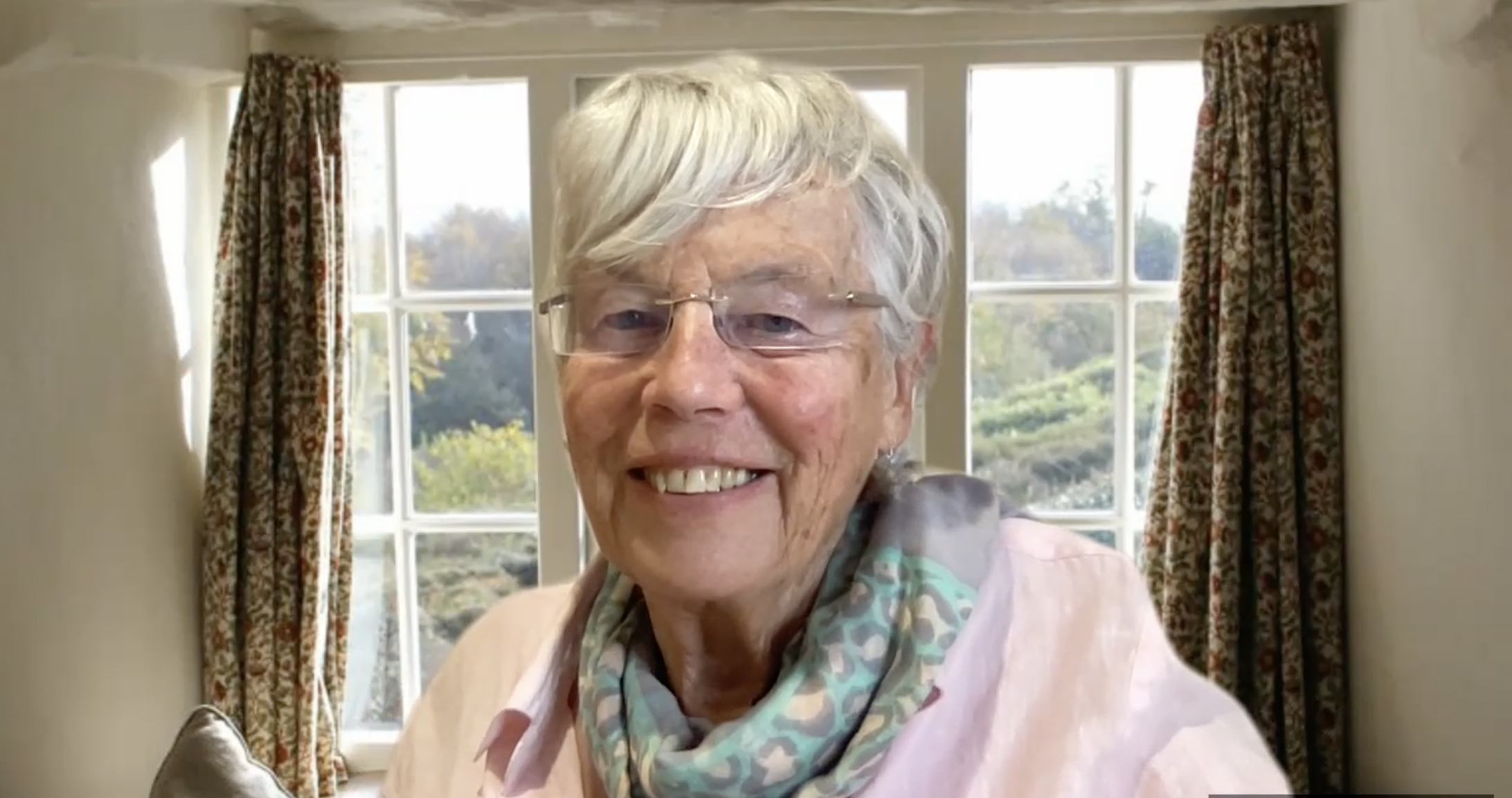
Living in a fast changing, uncertain, high tech world,
Sandy believes it's time to shift from 'fixing' to 'connecting'.
The difference between trying to ‘fix what’s broken’ versus
‘eliminating what's in the way’
Sandy’s professional career began in 1964 when she founded 'Movement Matters' as a Physiotherapist and in the eighties qualified as a Feldenkrais Practitioner.
Today she inspires a passion and deep respect for the essence of who we are as
human Beings, as distinct from time poor information machines ... human doings! Sandy offers a rich synthesis of evidence-based brain science and physiology to her ground breaking programs.
Sandy has worked continuously both internationally and nationally, in hospitals, rehabilitation and
paediatric intervention units. Private and multidisciplinary clinics and more recently pivoted both
individual and group trainings to an online format.
As a Grandmother Sandy’s workshops and trainings reflect her passionate concern about the impact
‘sensory overload’ and 'hidden' stress, has on growing children and adults.
Her programs guide, empower and inspire others to take charge of their lives from the ‘inside out’.
She has a playful knack of making the impossible,
possible and the complex easy.
Unraveling and presenting cutting edge brain science in simple, easy, common sense ways
she empowers and inspires others to reconnect and embody their birthright …
an inner organic intelligence and embodied presence.
"Make the impossible possible
The feasible easy
And the easy elegant”
-Dr Moshé Feldenkrais Ph.D
Hear what psychologist Rikki has to say...
All this and more
is achieved by engaging the brain's
remarkable capacity to change, known as neuroplasticity
Your body is beautifully designed to function perfectly, however our sedentary, 'fix-it' driven western lifestyle fosters compensatory habits that lie at the source of lost freedoms, flexibility, strength, fitness and pain!
Are you ready to transform
those pesky habits that keep you hostage?
ASK YOURSELF? ... Have you ever lost your way while driving in a maze of big city traffic or on back country roads, just wishing you had a GPS system in your car to guide you in the right direction?
While not all vehicles are yet equipped with this valuable tool, every human being is!

